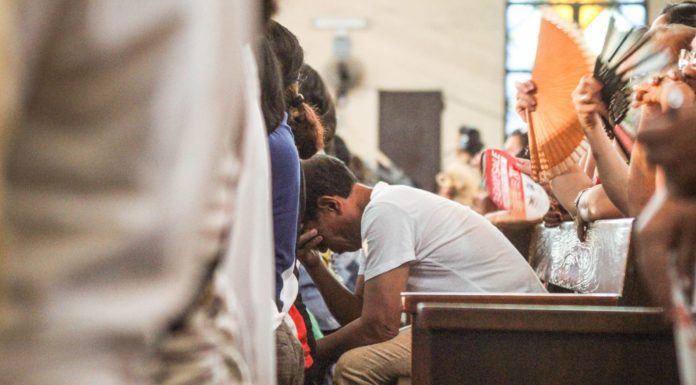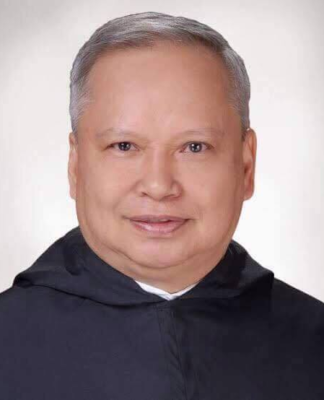FEES for seniors at the College of Nursing have increased by up to 18 percent, following a Commission on Higher Education (Ched) directive requiring more hours of clinical duty at the start of the new school year.
From last year’s 25 hours a week, Ched has increased the weekly “Related Learning Experience” (RLE) to 30 hours. With UST hiking tuition by three percent or P2.30 per hour, Nursing seniors were required to pay P79, 717.20 this semester, or an P18,000 increase.
Nursing Central Board of Students president Honey Vaño said additional hours in RLE include skills laboratory and research.
“With more professors and hours required of us, a hike in our tuition was necessary since 70 percent of [it] goes to the professors and our [clinical instructors],” said Vaño in a statement to Nursing seniors.
Nursing Dean Glenda Vargas, however, said the higher payment was mainly due to “a higher denominator” of fees brought about by additional RLE hours. Miscellaneous fees added to the increase, she said.
Nursing discouraged
As schools like UST strive to follow government standards in nursing education, a government official last May 11 discouraged incoming college students from taking up the course.
During a consultation in Baguio three days before International Nurses Day, Health Secretary Enrique Ona said that if he had a daughter today, he would “not let her take up nursing.”
If students fared well in mathematics and science, it would be better for them to take other health-related courses in line with their expertise like medical research and medical technology, he said.
Sought for comment, Vargas said Ona’s statement was simply his “choice as a parent [who], just like other parents, [may] also have his [personal] choice for his children.”
“Probably, his basis [for saying that] was the oversupply [of nurses in the country], but you have to look into its root cause,” said Vargas, adding that the reason for “oversupply” are the “[various] nursing schools that have sprouted in the past few years.”
Vargas said Ched should only grant licenses to nursing schools that are “capable of providing quality nurses.”
Vargas said there were only less than 200 nursing schools in the country in the late 1990s, but the number has ballooned to about 480 in 2011.
“If Ona exerts some influence, it should be objective—more particularly with the healthcare demands of the country,” she said, adding that some job opportunities in government and private institutions are available for nurses.
Vargas, however, admitted that some of UST nursing graduates are having difficulty finding jobs.
“Before, our graduates—right after the board exam or even before [taking it]—got employed almost immediately. But now, there are many of them who are not [yet] employed, so they are waiting [for openings] even at UST Hospital,” she said.
But in some hospitals like the Philippine Heart Center, graduates of UST are given priority, she said.
Based on an employment data provided by the college, 67 percent of graduates during the years 2006 to 2010 are already in practice, with 85 percent working in government institutions and 15 percent in private institutions and hospitals.
Moreover, 97 percent of employed graduates are in hospitals, while the remaining are in the academe and nursing-related businesses. Rommel Marvin C. Rio with reports from Bernadette D. Nicolas


















